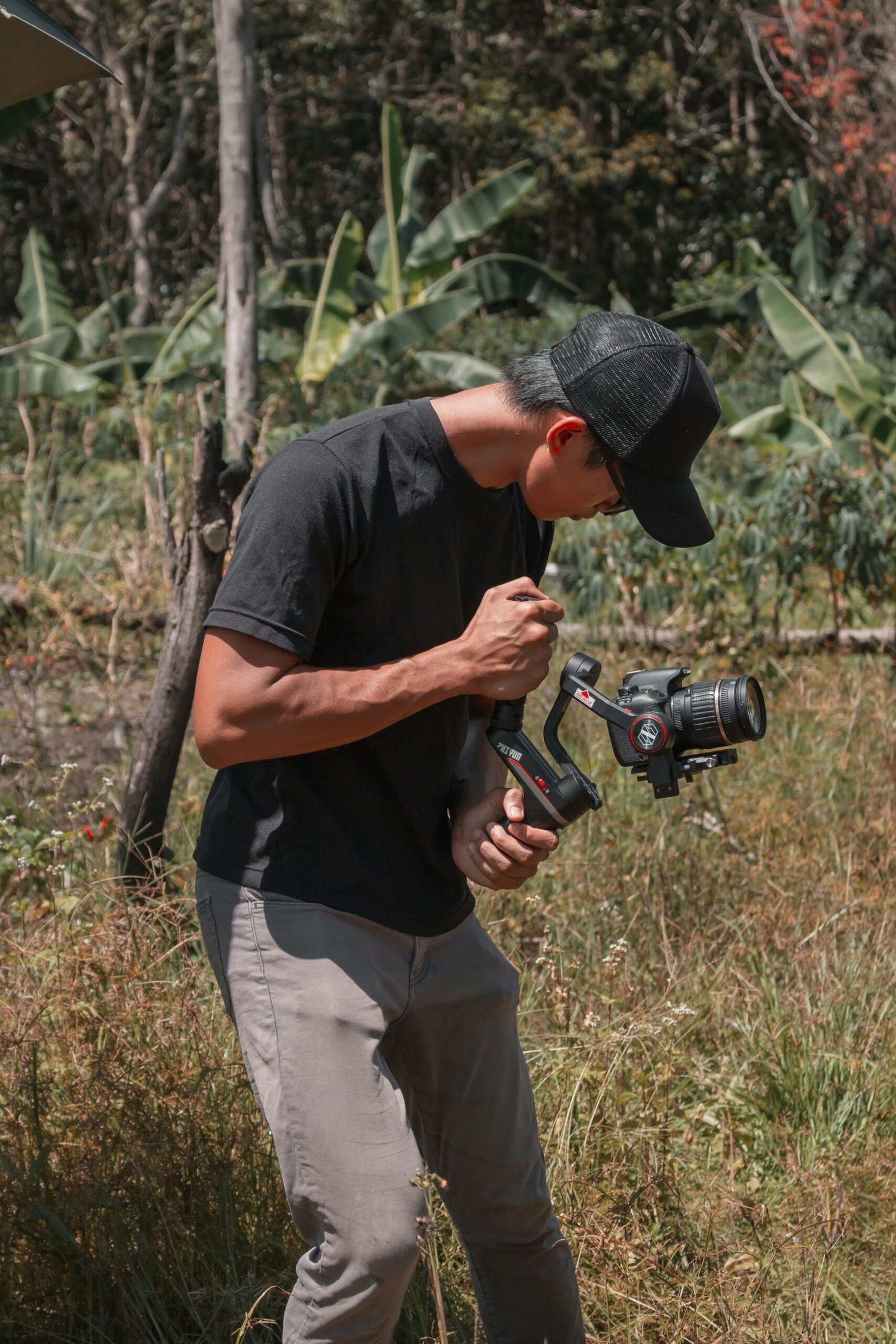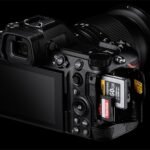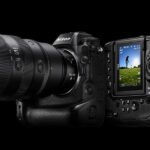New to photography?
How To Understand Shutter Speed, Aperture, And ISO 64-3600
When taking a picture, the three most common components that photographers mess up on are shutter speed, aperture, and ISO. They’re all interconnected so if you don’t get one right, it can cause problems with your photos! In this article, I will explain how each of them works and why they’re important so that you can take better pictures.
Shutter Speed
Shutter speed is the amount of time the shutter is open. A quick shutter speed means the shutter opens and closes very quickly, allowing less light to enter the camera, while a slow shutter speed opens and closes more slowly, allowing more light to enter.
How does this work? Well, let’s say you’ve just taken a picture with your camera and want to take another one right away. You can’t because your finger is still on the button! When you’re taking photos manually (not using automatic modes), your camera has to tell itself when to start recording light from what it’s seeing through its lens and when to stop recording that same light.
This process happens in fractions of seconds—that’s why sometimes it seems like there was no gap between pressing down on that button one time or pressing down on it multiple times in quick succession—but those fractions are still significant enough for us to notice their impact on our images’ aesthetic quality.
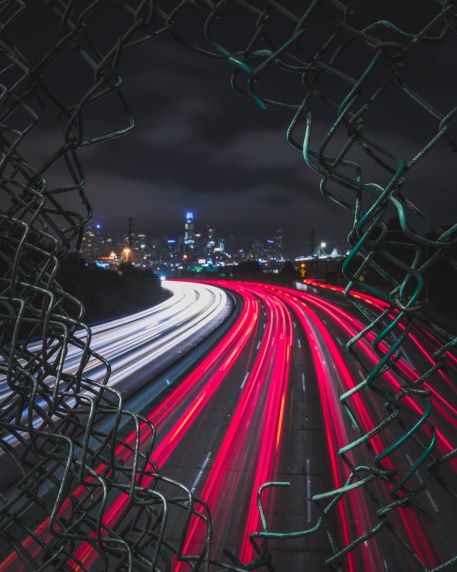
Aperture
The aperture controls how much light is allowed to enter the camera. It does this by opening and closing a series of blades in front of the sensor (or film) so that more or less light can reach it. Aperture is measured using f-stops, which are essential units for measuring diameter. When you decrease the size of your aperture (increase its f-stop number), you allow less light to pass through it; when you make your aperture larger (decrease its f-stop number), more light passes through it.
Aperture also determines the depth of field—how much of an image appears in focus—and can affect exposure: if you’re shooting with a fast shutter speed and would like to have something remain sharp while everything else blurs around it, increasing your aperture will help achieve this effect.
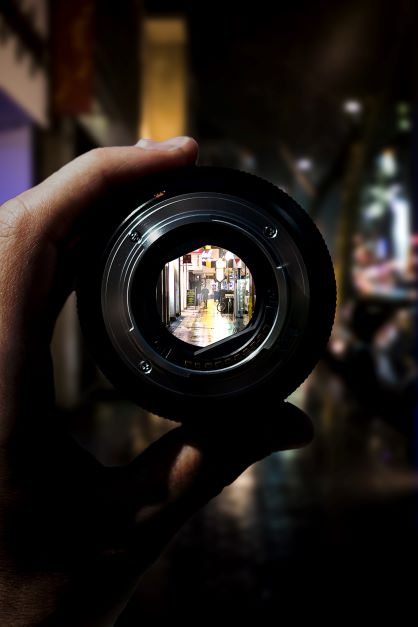
ISO
ISO is a setting on your camera that determines how sensitive it is to light. The higher the ISO number, the more sensitive it will be. For example, if you set your camera’s ISO to 100 and take a picture of something dark in a dim room with no lights on, you could end up with very blurry images because there isn’t enough light for your shutter speed or aperture to work properly. However, if you increase your ISO to 1600 and take the same photo in that same situation, there would likely be enough light entering the lens of your camera so that everything comes out crisp and clear!

All 3 components of photography are interconnected and you need to be aware of each one
You’ll find that shutter speed is one of the first things people learn about when they start to take pictures. Aperture and ISO are also important—but it’s not enough to just know what those three things do. You need to understand how all three components are interconnected, and how each one affects the other two.
This article will help you understand shutter speed, aperture, and ISO so that you can have more control over your photos.
Conclusion
We hope that you’re now more familiar with how these three elements work together to create the photograph. You can use this knowledge to your advantage when taking photos, as well as when editing them later on. But remember: it’s not just about knowing the technical details of each setting; it’s also important to have a good understanding of what motivates you and what kind of photographs you want to create!
So before you start experimenting with different combinations of shutter speed, aperture size, and ISO sensitivity values—or if they already aren’t clear in your head—take some time out from looking through lenses at targets or reading manuals on your phone while sitting around waiting in line somewhere else boring place that never seems like fun anyway! Instead, get out there into nature with friends where its quiet peaceful surroundings make everything easier than ever before because its an all-natural world around us everywhere everywhere everywhere so let’s go explore together 🙂


